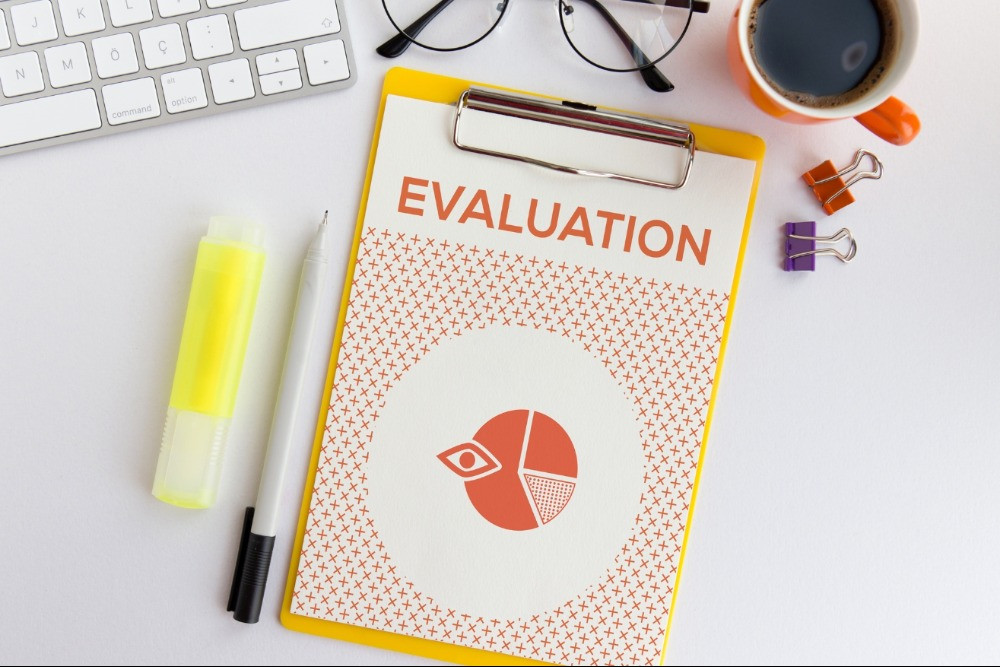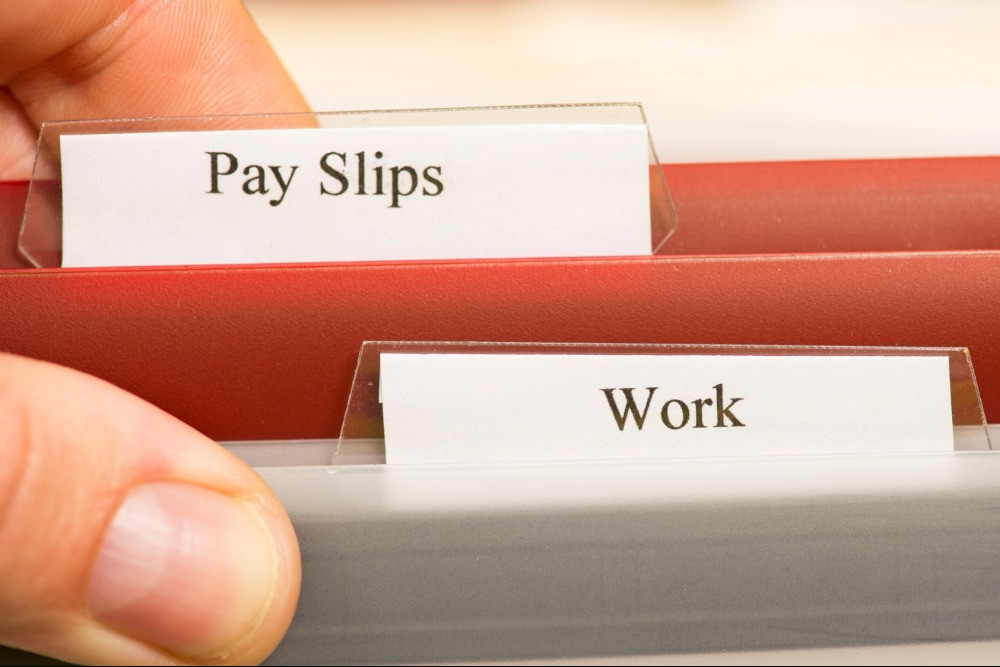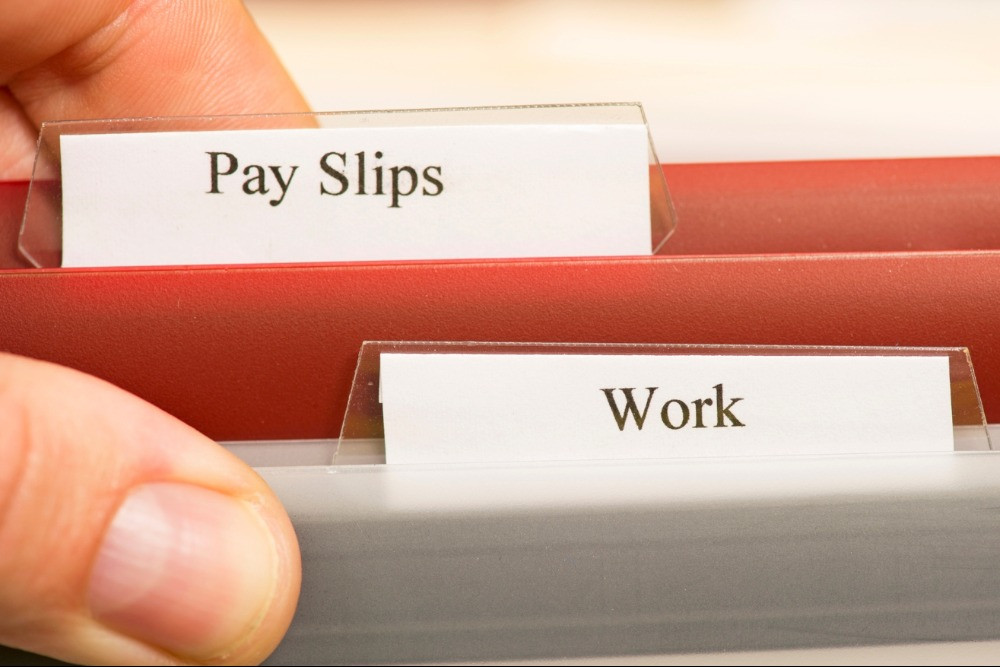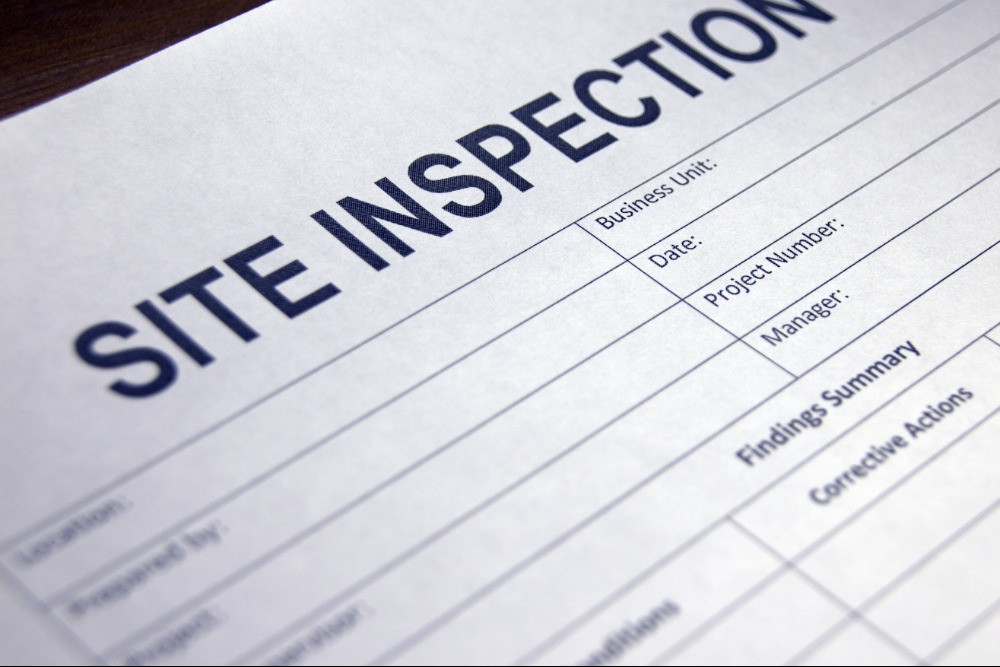Do you find performance evaluations confusing, inconsistent, or too general? Many companies still rely on annual evaluations, which tend to be too late in identifying performance declines. Without a routine and targeted evaluation system, team performance can gradually decline. As a result, not only is productivity disrupted, but employee morale and engagement are also affected.
The good news is, there are tips for regular performance evaluations that can help maintain stable employee performance throughout the year. Let’s take a look at the full tips below!
1. Set the Evaluation Frequency
Determine an evaluation schedule that aligns with your business needs and rhythm, such as weekly, monthly, or quarterly. Communicate the evaluation schedule at the beginning of the year so the entire team can prepare. Regular evaluations minimize the accumulation of problems and facilitate early detection of performance declines.
2. Utilize the SMART Method
-
Specific: Goals must be defined specifically.
-
Measurable: Goals must be measurable.
-
Achievable: Goals must be realistic and achievable.
-
Relevant: Goals must align with larger, overarching objectives.
-
Time-bound: Goals must have deadlines to maintain performance momentum.
3. Determining Evaluation Methods
-
KPIs (Key Performance Indicators): Assess achievements based on quantitative data, such as sales targets or number of leads.
-
Self-assessment: Allowing employees to assess their own strengths and weaknesses.
-
360-degree feedback: Involving assessments from supervisors, colleagues, and even clients (if relevant).
4. Preparing Data and Documentation
Regularly recording each employee's achievements, challenges, and innovations. Collect attendance data, progress reports, and customer satisfaction survey results as evidence. Add documentation to facilitate feedback compilation and development decision-making.
5. Providing Feedback
Express appreciation for each achievement before addressing areas that need improvement. Use concrete examples, such as specific data or behavior, to make feedback feel relevant. Involve employees in dialogue, such as asking about the challenges they face and the solutions they expect.
6. Building an Open Evaluation Culture
Encourage employees to provide feedback on the evaluation process (reverse feedback). Conducting best practice sharing sessions among teams to discuss ways to improve the evaluation mechanism.
By implementing routine performance evaluation tips through appropriate evaluation frequency, utilizing the SMART method, determining evaluation methods, preparing data and documentation, providing constructive feedback, and building an open evaluation culture, you can create an effective and sustainable evaluation system.
iPresens offers an automatic GPS-based attendance system, real-time absence reporting, flexible, practical, and capable of minimizing fraud.
What are you waiting for? Try iPresens now to simplify the employee attendance process!







